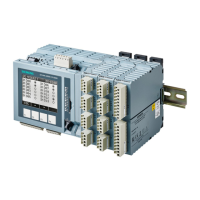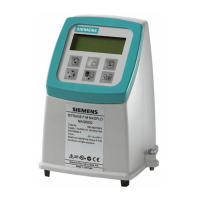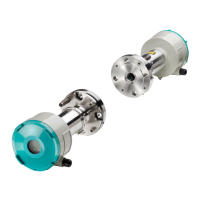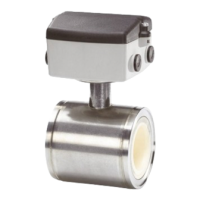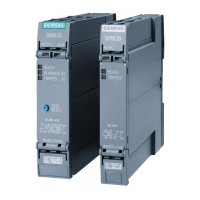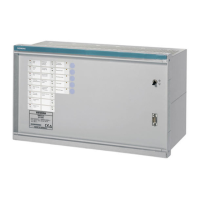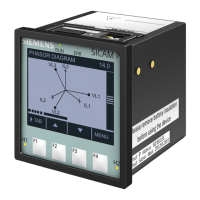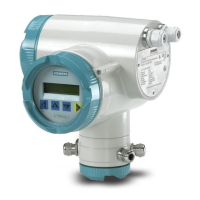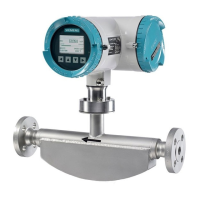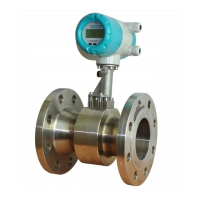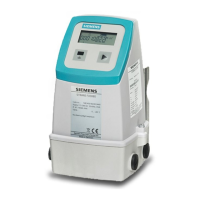9.4 OXYMAT 7 / ULTRAMAT 7: Introduction of reference gas
9.4.1 Selection of the reference gas
9.4.1.1 OXYMAT 7
Note
Composition of the reference gas
Using an unsuitable reference gas can cause the reference gas throttle (capillary tube) to be
closed. The device is then no longer capable of measuring.
Therefore, use dust-free reference gas or a standard dust lter with a mean pore width of <5 µm
in the reference gas inlet.
Overview
Table 9-1 Overview of the reference gases
Measuring range Recommended
reference gas
Reference gas connection pres‐
sure range
Comment
0to vol. % O
2
N
2
2 000 to 4 000 hPa above sample
gas pressure
(max. 5000hPa absolute)
The reference gas ow is set au‐
tomatically to between
5and12ml/min.
to 100 Vol. % O
2
(suppressed zero
point with full-scale value
100Vol.% O
2
)
O
2
0 ≤ 21 ≤ 100% O
2
(suppressed zero
with 21Vol.% O
2
within the span)
Air 100 - 150hPa with respect to
sample gas pressure
The sample gas pressure may uc‐
tuate by max. 50 hPa around the
ambient pressure
Reference gas "Air"
Air only has a constant O
2
share if the humidity is constant. Therefore use dry air.
For measurements with measuring ranges of 2%, the exact O
2
share of the reference gas
"Air" must be known. Use this value as the setpoint for a zero point calibration.
Selection of the reference gas
The various measuring spans must have at least one common value. This value is then dened
as the "physical zero point" and applies to all the measuring ranges. The reference gas can be
selected on the basis of the "physical zero point".
Commissioning
9.4OXYMAT 7 / ULTRAMAT 7: Introduction of reference gas
Wall-mounted device
Operating Instructions, 07/2023, A5E31930403-AB 127

